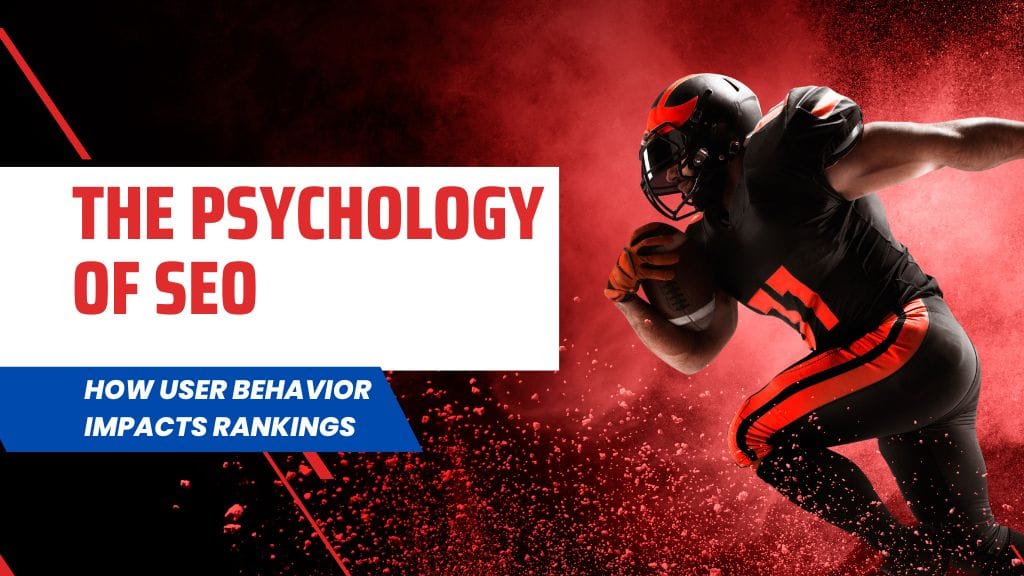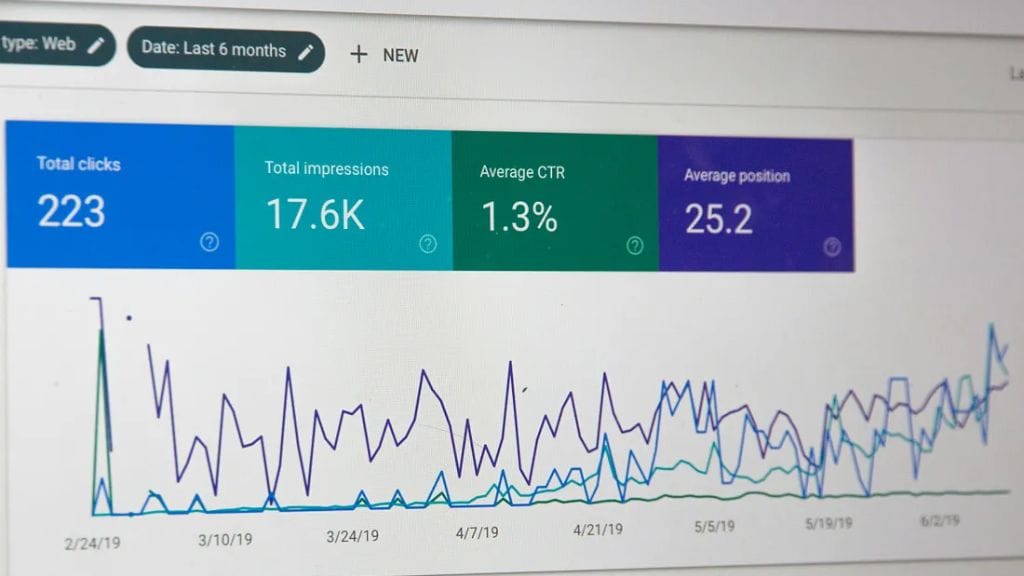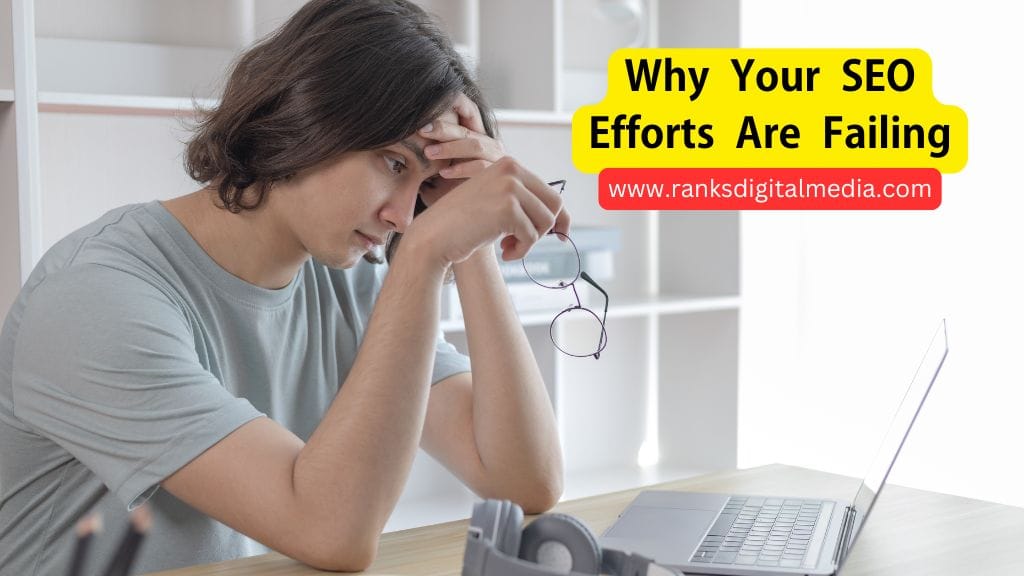When it comes to SEO, understanding the technical aspects is important, but equally crucial is the human element—user behavior. The actions users take on your site, from clicking through to spending time on your pages, are signals that search engines use to determine the quality and relevance of your content. By diving into the psychology behind these behaviors, you can gain insights into what drives engagement, satisfaction, and ultimately, higher rankings.
In this in-depth guide, we’ll explore how user behavior impacts SEO, the psychological factors at play, and practical tips to optimize your content strategy based on these insights. Let’s get started!
Contents
- 1 Introduction to SEO Psychology
- 2 What is User Behavior in SEO?
- 3 Understanding Search Intent
- 4 User Signals That Influence SEO Rankings
- 5 The Impact of User Behavior on SEO Metrics
- 6 The Role of User Engagement in SEO
- 7 Psychological Factors Driving User Behavior
- 8 Improving SEO Through User-Centric Content
- 9 Optimizing for Mobile Experience
- 10 Leveraging Local SEO for Small Businesses
- 11 Affordable SEO Services for Small Businesses
- 12 Case Studies: Success Stories Using User Behavior
- 13 Tools for Tracking and Analyzing User Behavior
- 14 Future Trends in SEO and User Behavior
- 15 Conclusion and Key Takeaways
Introduction to SEO Psychology
In SEO, understanding user psychology means tapping into why users interact with certain content in specific ways. What compels them to click on a link, stay on a page, or leave quickly? These actions, though simple, carry significant weight in search engine algorithms. Google and other search engines prioritize content that demonstrates relevance, quality, and user satisfaction. This guide will help you uncover how psychological insights can lead to better SEO performance.
What is User Behavior in SEO?
User behavior in SEO includes all the actions visitors take when interacting with a webpage or search engine. Clicks, scrolls, time spent on a page, or pages per session are all behavioral indicators that search engines observe and evaluate. Understanding these actions can help websites cater content to user needs, improving both satisfaction and SEO performance.

Understanding Search Intent
The concept of search intent refers to the reason behind a user’s search query. Recognizing search intent is critical to delivering content that meets expectations, as aligning with intent helps build trust and engagement.
Importance of Search Intent in SEO
When you fulfill a user’s search intent, you’re more likely to gain their trust and keep them on your site. Search engines reward content that aligns with search intent because it leads to a more satisfying user experience, which is why it’s vital to optimize for it.
Types of Search Intent
- Informational Intent – Users are seeking knowledge (e.g., “What is SEO?” or “how to improve user behavior in SEO”).
- Navigational Intent – Users aim to visit a specific site, like “Ranks Digital Media website.”
- Transactional Intent – Users are looking to make a purchase or sign up, such as “affordable SEO services Delhi NCR.”
User Signals That Influence SEO Rankings
User signals are behaviors that reveal how well your content is satisfying visitors. Search engines analyze these metrics to determine the relevance of your content.
Click-Through Rate (CTR)
CTR measures the percentage of users who click on your link when it appears in search results. A high CTR indicates that your title and meta description are appealing and relevant to users’ queries.
Bounce Rate and Dwell Time
Bounce rate is the percentage of visitors who leave your site after viewing only one page. A high bounce rate could indicate that your content didn’t meet expectations. Dwell time is how long users spend on a page before returning to search results—a longer dwell time signals quality content.
Session Duration
The total time a user spends navigating your website. Longer sessions generally imply engaged users and can positively impact your SEO.
The Impact of User Behavior on SEO Metrics
How CTR Impacts Rankings
When your CTR is high, it signals to search engines that your content is relevant. To improve CTR, craft engaging titles and meta descriptions that align with the user’s search intent.
Why Dwell Time Matters
Dwell time indicates that users are spending meaningful time with your content. To keep them engaged, offer detailed, high-quality content that answers common questions in your niche.
Bounce Rate’s Significance in SEO
A high bounce rate can be a red flag for search engines. If users quickly leave your site, it suggests they didn’t find what they were looking for, which can harm your rankings.
The Role of User Engagement in SEO
Importance of Content Quality
High-quality content not only keeps users on your page longer but also builds credibility. Quality content answers questions thoroughly, uses clear formatting, and provides value—elements that make users want to stay and explore.
Enhancing User Experience (UX)
User Experience (UX) affects SEO more than you might think. From fast load times to mobile-friendly designs, every aspect of your site’s UX plays a role in keeping users engaged.
Psychological Factors Driving User Behavior
The psychology of user behavior includes various cognitive biases and design elements that affect how users interact with content.
Cognitive Biases in Click Behavior
Familiarity bias, for instance, means users are more likely to click on brands they recognize. If you build brand authority, users will feel more inclined to click on your links.
The Impact of Visual Appeal
An appealing visual layout encourages interaction. Simple, clean designs make content more approachable, keeping users engaged and reducing bounce rates.
Improving SEO Through User-Centric Content
Strategies for Boosting CTR
Use actionable language in titles and meta descriptions, address common pain points, and make the text relatable to boost your CTR.
Reducing Bounce Rates with Relevant Content
Make sure your content aligns with users’ expectations. If they click on an article expecting a solution, deliver that solution quickly and efficiently.
Optimizing for Mobile Experience
Mobile SEO Best Practices
With mobile-first indexing in place, it’s essential to make sure your site is optimized for mobile. A responsive design, fast loading times, and easy-to-read text are just a few factors that contribute to a good mobile experience.
Ensuring a User-Friendly Mobile Experience
Mobile users are often looking for quick answers, so ensure your content is easy to navigate and doesn’t require excessive scrolling or zooming.
Leveraging Local SEO for Small Businesses
For small businesses, Local SEO is vital. Users searching for terms like “SEO services near me” or “Local SEO services in Delhi NCR for small businesses” are likely ready to engage with businesses in their vicinity.
Behavioral Signals for Local Searches
Local searches come with unique behavioral signals, such as searches with geographic qualifiers like “affordable local SEO in Delhi.” Optimize content for local terms to meet these user behaviors.
Affordable SEO Services for Small Businesses
For small businesses looking to optimize without a huge budget, options like low-cost SEO services in Delhi are available. Agencies like Ranks Digital Media offer affordable, quality SEO solutions that can help small businesses improve their online presence.
Case Studies: Success Stories Using User Behavior
Examining real-life case studies of businesses that boosted SEO through user behavior insights provides practical tips. Examples often include tactics like redesigning content for higher engagement or enhancing UX to keep visitors longer.
Tools for Tracking and Analyzing User Behavior
Several tools can help you understand and improve user behavior:
- Google Analytics: Offers insights into user demographics, bounce rates, and page views.
- Hotjar: Tracks how users interact with your site, highlighting areas that need improvement.
- Ahrefs: Provides keyword research and site audit tools to refine content strategies based on SEO performance.
Future Trends in SEO and User Behavior
As search engines get smarter, user behavior will play an even larger role in SEO. Trends like voice search, AI-driven algorithms, and personalized search results are expected to shape the future of SEO.
Conclusion and Key Takeaways
Understanding the psychology of user behavior can significantly improve your SEO strategy. By aligning content with user intent, enhancing CTR, and reducing bounce rates, you can boost rankings and create a more satisfying user experience. Agencies like Ranks Digital Media offer affordable SEO solutions in Delhi to help small businesses capitalize on these insights.
By mastering these psychological principles and continuously analyzing user behavior, you’ll be well-positioned for long-term SEO success.
FAQs
- How does user behavior impact SEO rankings?
User behavior metrics like CTR, dwell time, and bounce rate are used by search engines to gauge content relevance, affecting rankings. - Why is search intent important in SEO?
Matching content to search intent ensures users find what they’re looking for, improving engagement and ranking. - What tools can help analyze user behavior?
Tools like Google Analytics and heatmaps can provide insights into user engagement and help refine SEO strategies. - How does mobile behavior affect SEO?
Mobile-first indexing prioritizes mobile-friendly sites, impacting rankings for users searching on mobile devices. - What role does content quality play in SEO?
High-quality content tailored to user intent encourages longer visits and repeat traffic, boosting SEO metrics.









